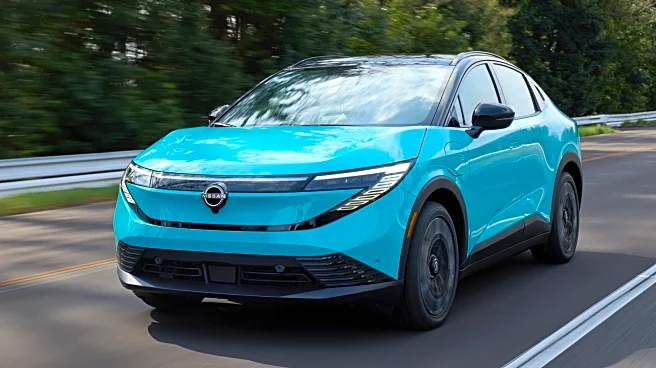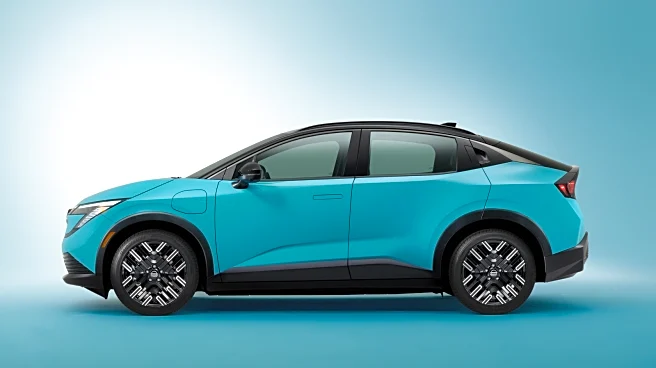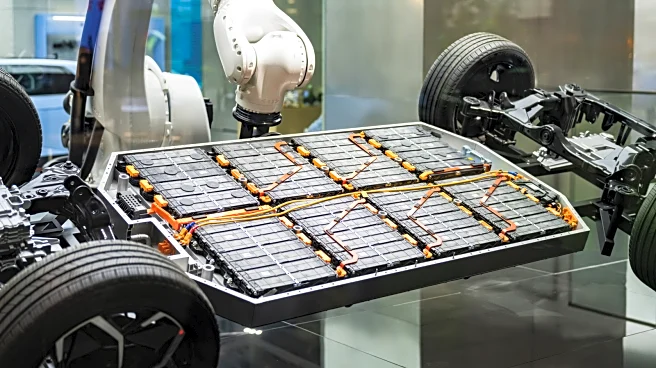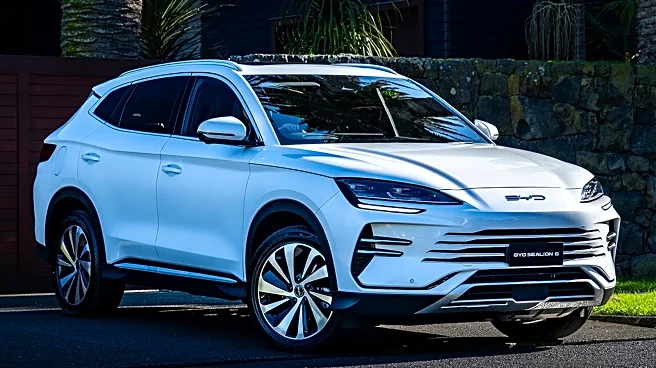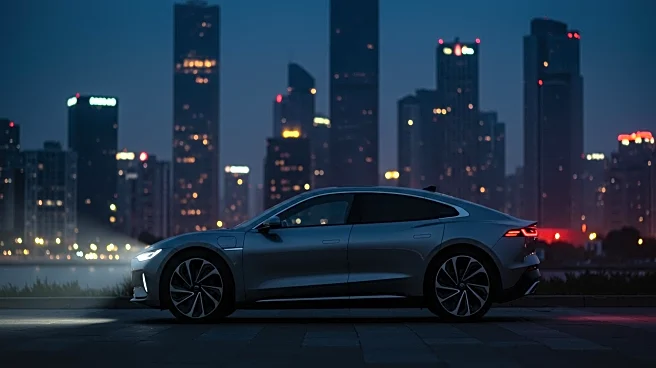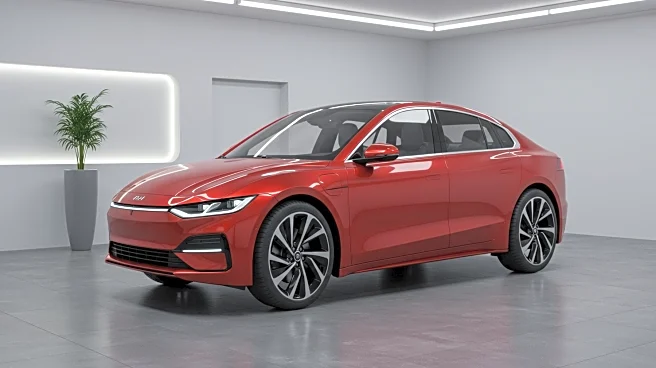
The third-generation 2026 Nissan Leaf looks unrecognizable next to the old Leaf, but despite appearing much larger than the car it replaces, it's actually smaller than before. Wild. Nissan also promises more than 300 miles of range, which is pretty impressive, but what's even more impressive is what it plans to charge for the new Leaf. The 303-mile Leaf S+ starts at a pretty darn affordable $31,485, including destination. The craziest part, though, is that the Leaf S+ isn't even the base model —
a less expensive Leaf is coming after the initial launch.
Now, this less-expensive Leaf S wasn't exactly a secret. We already knew it would have a smaller 52-kWh battery, compared to the 75-kWh one in other Leaf models. It will also have a smaller, less-powerful motor that cranks out 174 horsepower and 254 pound-feet of torque versus the other Leaf's 214 hp and 261 lb-ft of torque. Nissan still hasn't announced the base Leaf's range, but doing some quick math based on the battery size and range of the Leaf S+ would put it around 210 miles, although it'll probably be better than that since the smaller battery weighs less. And it'll cost less than the $31,485 Nissan plans to charge for the Leaf S+? Oh heck yeah.
Of course, even if we're talking about a new car that costs less than the original Leaf did back in 2011, $30,000 is still a heck of a lot of money, and you can't really call it cheap. At the same time, it's awesome to see pricing really start to come down on longer-range EVs, and I wouldn't be surprised if lease prices end up being less per month than a lot of people currently spend on gas every month.
Read more: These Cars Have The Best Wings Ever
Other Trim Levels

As far as other trim levels go, you can step up to the Leaf SV+, which starts at $35,725, and if you want the top-of-the-line version there's the Leaf Platinum+, which starts at $40,485. According to Nissan, the SV+ will offer 288 miles of range, while the Platinum+ will do 259 miles, both likely because of bigger wheels. Charging speeds won't exactly blow your mind, but at the same time, 150 kW is nothing to laugh at, and Nissan says you can expect to charge from 10% to 80% in about 35 minutes.
You'll also have plenty of charging options on a Leaf road trip, with a J1772 port on one fender and a NACS port on the other. And while the higher trim levels are definitely a good bit more expensive than the not-quite-base-model Leaf S+, they'll both come with one important feature for cold-weather performance that EV enthusiasts have wished Nissan would add to the Leaf for years: a heat pump. And if you really want, you can add an optional battery heater, as well.
In a statement, Vinay Shahani, Nissan's senior vice president of U.S. Marketing and Sales said:
The LEAF really kicked off the mainstream EV market when it launched 15 years ago, and Nissan's still committed to making electric driving accessible to all. We've stuck to our mission of engineering EVs that are affordable but packed with value. That's how we've kept the LEAF's price steady over three generations — all while giving owners more style, more technology, more features and a vastly improved driving range over the original 2011 model.
Want more like this? Join the Jalopnik newsletter to get the latest auto news sent straight to your inbox...
Read the original article on Jalopnik.
